Baegunsan Mountain Donggokgyegok Valley (백운산 동곡계곡)
16.7Km 2021-04-23
154, Yaksujedan-gil, Okryong-myeon, Gwangyang-si, Jeollanam-do
+82-61-797-3333
Donggokgyegok Valley is one of four large valleys on Baegunsan Mountain. The valley opens up towards Gwangyang, with the waters of Dongcheon Stream flowing into Gwangyangman Bay. Donggokgyegok Valley is wide, making it convenient for transportation, and perfect for a family getaway during the holidays. Located along Hanjae Pass between the mountain summit and Ttoaribong Peak on the west side, the valley is also sometimes called Dapgoksimni. The valley stretches a distance of 10 kilometers and is especially beautiful in fall when surrounded by vibrant autumn foliage. Donggokgyegok Valley is a protected nature reserve with over 900 various species of vegetation.
Gwangyang Maehwa Village (광양 매화마을)
17.0Km 2025-01-08
1563-1 Seomjingangmaehwa-ro, Gwangyang-si, Jeollanam-do
+82-61-772-9494
Following the Seomjingang River flowing down the outskirts of Jirisan Mountain is a village filled with plum trees. This village, Seomjin Village, is also known as the Maehwa (plum) Village for its abundant number of plum trees. Instead of crops and grains, plum trees are cultivated on farmlands, boasting white snow-like blossoms in March and bearing ripe plums in June. The annual Plum Blossom Festival takes place in the village every March when the plum blossoms are in full bloom.
Waypoint Pool Villa [Korea Quality]웨이포인트 풀빌라[한국관광 품질인증]
17.0Km 2023-05-23
1803-64 , Namseo-daero, Namhae-gun, Gyeongsangnam-do
+82-10-8836-1388
Waypoint Pool Villa is located by a pebble beach in Namhae, Gyeongsangnam-do. The front of the villa is all glass, giving panoramic views of the emerald South Sea and its brilliant sunsets. Each room has its own swimming pool and barbecue, so guests can relax in privacy while making unforgettable memories.
Gaya Garden (가야정원)
17.0Km 2024-02-21
82-46 Nowol-gil, Haeryong-myeon, Suncheon-si, Jeollanam-do
Gaya Garden is adjacent to the Suncheon Bay National Garden, which was the first Ramsar Wetland Site in South Korea. Unlike the national garden, Gaya Garden is privately maintained but open to the public free of charge. Since 2014, the landowners have been filling the salt fields with soil and planting over 10,000 species of flowers by hand, transforming it into a beautiful garden. Visitors can enjoy a variety of plants and stunning sunsets, attracting many travelers.
Daedaeseonchangjip (대대선창집)
17.0Km 2015-10-01
542, Suncheonman-gil, Suncheon-si, Jeollanam-do
+82-61-741-3157
Daedaeseonchangjip Hanjeongsik, located near Suncheonman Bay Ecological Park (순천만자연생태공원) in Jeollanam-do, is famous for its Jangeo (eel) and jjangttungeo (mudskipper) with menu including Jjangttungeo-tang (mudskipper soup), Jangeo-gui (grilled eel), Jangeo-tang (eel soup), Jjangttungeo-jeongol (mudskipper hot pot), and Cheongdungori-tang (mallard duck soup).
Suncheonman Sup[Korea Quality] / 순천만숲[한국관광 품질인증]
17.0Km 2024-10-30
374-1 , Suncheonman-gil, Suncheon-si, Jeollanam-do
+82-10-7570-1775
Suncheonman Sup is a private hanok pension located 1.4 kilometers from the Suncheon Bay Wetland, where guests may enjoy a stroll through a nearby pine grove while taking in the fresh air. The pension has nine private rooms that ensure privacy and convenience. Guests can choose between ondol (underfloor heated) rooms and bedrooms at the pension. Each room is equipped with a private terrace and barbecue area. Summer guests can enjoy the kiddie pool in some rooms. Additionally, traditional Korean games such as Yutnori and Jegichagi are available.
Suncheon Station (순천역)
17.1Km 2016-11-02
135, Palma-ro, Suncheon-si, Jeollanam-do
Also known as a town of three mountains and two streams, or “Little Zhejiang” (a popular region in China known for its beautiful scenery), Suncheon got its name from two nobles of the town in the late Baekje Era. They “followed the will of the heavens,” and established the city in the Goryeo Dynasty. In Korean, Suncheon means “Following the will of the heavens.”
The station opened on October 25, 1930 and moved into a new building on December 22, 2009 for the 2012 Yeosu Expo and 2013 Suncheon Bay Garden Expo. It serves as a transportation hub for the eastern regions of Korea.
Suncheonbay house of sea castle (순천만 해룡성고택)
17.1Km 2024-12-24
136 , Hongdu-gil, Suncheon-si, Jeollanam-do
+82-61-744-1760
Suncheon Bay Haeryongseong Old House is the head house of the Suncheon Mun clan, whose members - descendents of the Joseon courtier Mun Wi-se - have lived here for 300 years. Visitors to the house can gather wild water parsley, barbecue pork belly, and sample yellowtail duck for breakfast. Two of the buildings - Seungwon and Sabiwon - are self-catering, have living rooms, ktichens and bathrooms, and are very popular with families.
SUNCHEONMAN TRADITIONAL FOLK PENSION (순천만민속한옥펜션)
17.1Km 2024-12-24
33 , Daedae 2-gil, Suncheon-si, Jeollanam-do
+82-61-741-6735, +82-10-9430-6735, +82-10-5434-6735, +82-10-3930-8500
Suncheon Bay Folk Hanok Pension stands on high ground inland from Suncheon Bay, Jeollanam-do offering panoramic views of Suncheon Bay Ecological Park. The accomodation consists of a house and a private house, with bathroom and kitchen installed in each. The hanok is built of Korean pine and lined with red clay, giving the rooms an authentic feel. Guests can eat delicious home-cooked Namdo cuisine at affordable prices. Suncheonman Bay Ecological Park and Yongsan Observatory are both in walking distance.
Suncheonman Wetland (순천만습지)
17.1Km 2024-03-08
513-25 Suncheonman-gil, Suncheon-si, Jeollanam-do
+82-1577-2013
Suncheonman Wetland is one of the world's top five coastal wetlands, stretching along a 3km river with mudflats and reed beds. The reed colonies serve as wintering and breeding grounds for various birds such as Hooded Cranes. The tidal flats are home to diverse species including Mudskippers and East Asian Seepweed. It's an ecological tourist destination where visitors can enjoy the spectacular sunset over the S-shaped waterway of Suncheonman Bay from the observatory, accompanied by flocks of birds flying above the reed beds.
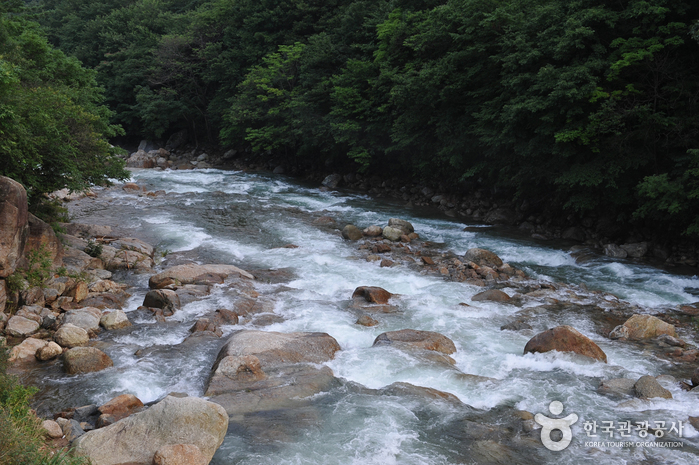
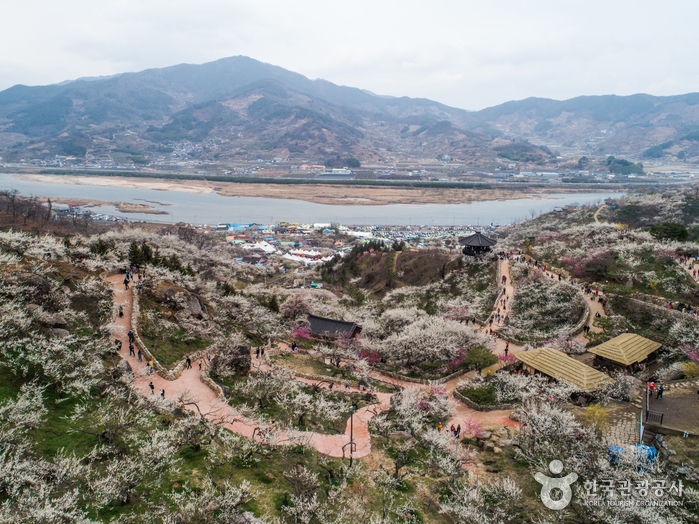
![Waypoint Pool Villa [Korea Quality]웨이포인트 풀빌라[한국관광 품질인증]](http://tong.visitkorea.or.kr/cms/resource/28/2949128_image2_1.jpg)

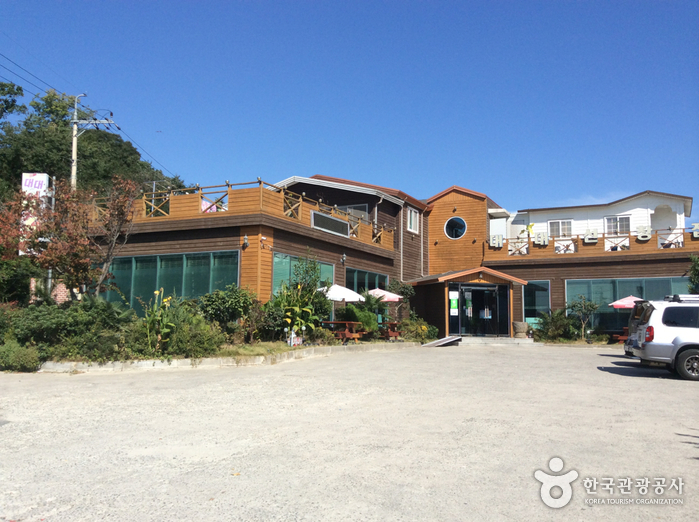
![Suncheonman Sup[Korea Quality] / 순천만숲[한국관광 품질인증]](http://tong.visitkorea.or.kr/cms/resource/62/3021462_image2_1.jpg)
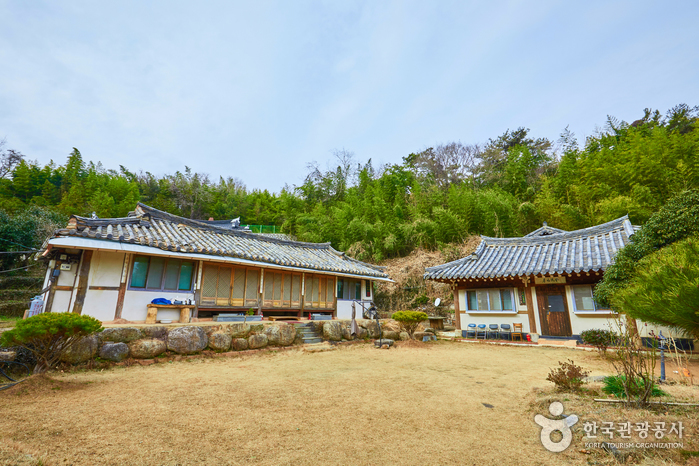
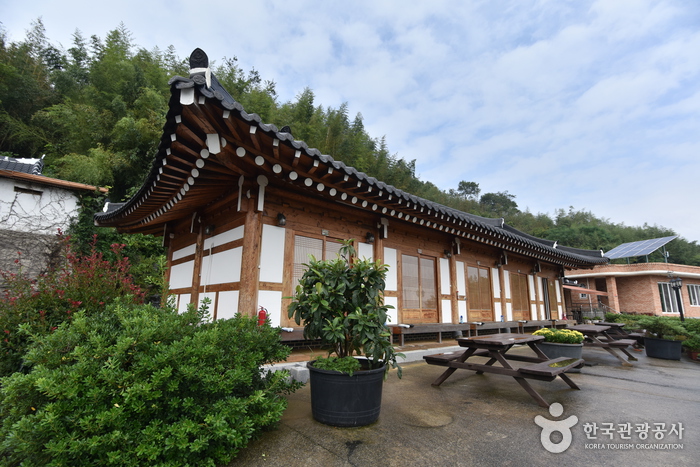

 English
English
 한국어
한국어 日本語
日本語 中文(简体)
中文(简体) Deutsch
Deutsch Français
Français Español
Español Русский
Русский